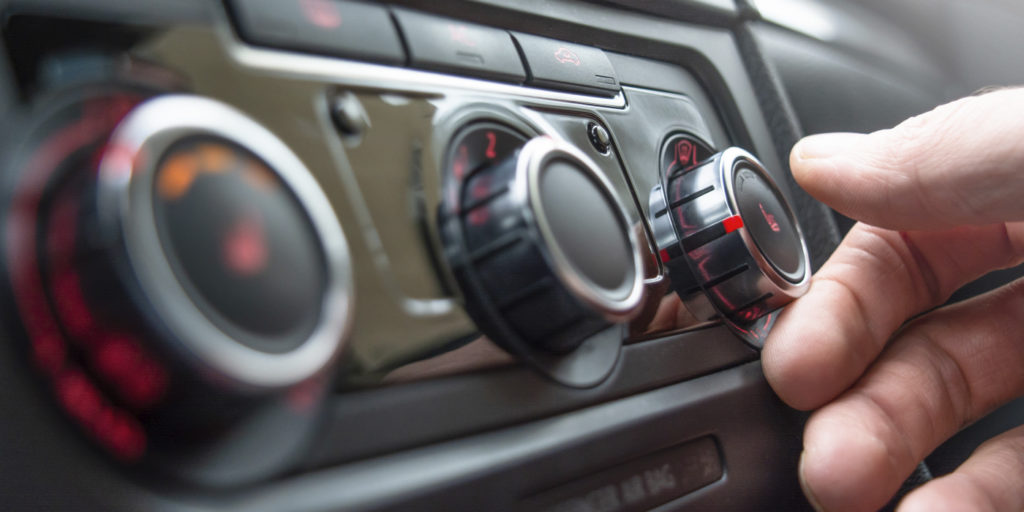In an electrical circuit, energy never manifests as heat. In the case of a motor, the electricity travels through coils of wires in the armature to generate a magnetic field. These coils create a load as the motor spins. The windings also have a resistance measured in ohms.
Resistance in a circuit changes some of the electrical energy into heat. The greater resistance or load on a circuit means more of the electrical energy is transformed into heat. But, heat never likes to stay put. You can see it with an infrared thermometer.
The heat is not limited to the load or component with the resistance. The heat can travel through the wires and warm up the wires and connectors. Connectors can also be a source of resistance and generate heat. This is what causes a lot of electrical components to burn out on a vehicle.
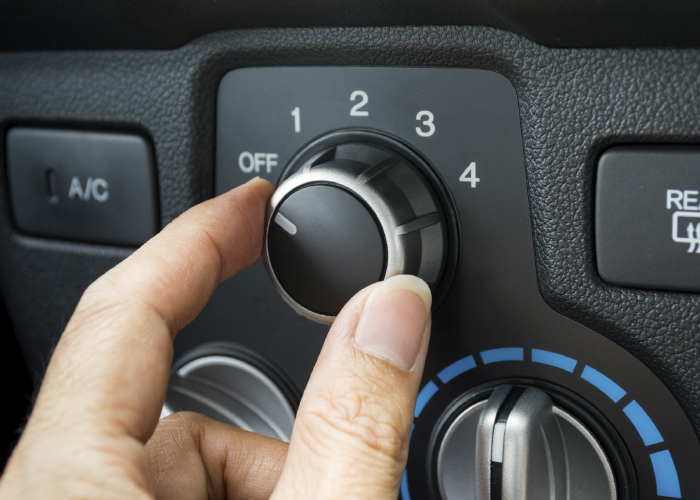
This is true for blower motor and blower motor resistor circuits. As blower motors begin to weaken or are clogged with debris, they draw excessive amounts electrical current. The excessive draw causes more current flow in the circuit and blower motor resistor. This stresses the circuit and causes a failure of all the connected components.
The heat eventually burns out the blower motor resistor, and, in many cases, causes the electrical connector to melt. If the source of excessive draw or the electrical connector isn’t replaced, the chances of a repeat failure is high.
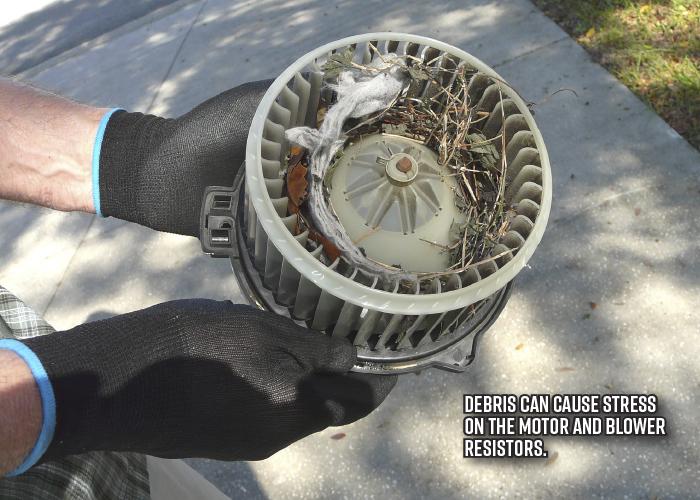
Voltage drop testing can be used to determine the health of a circuit. When the blower motor is running at full speed (the lowest amount of resistance running through the blower motor resistor) voltages should not drop more than 0.5-volts.
Blower motor resistors control the electrical current flowing from the fan switch to the blower motor, which allows the motorist to set the fan at different speeds. The fan speed can be changed mechanically, using a rotating lever which selects a different electrical path of resistance in the blower resistor, or automatically by an HVAC control module.
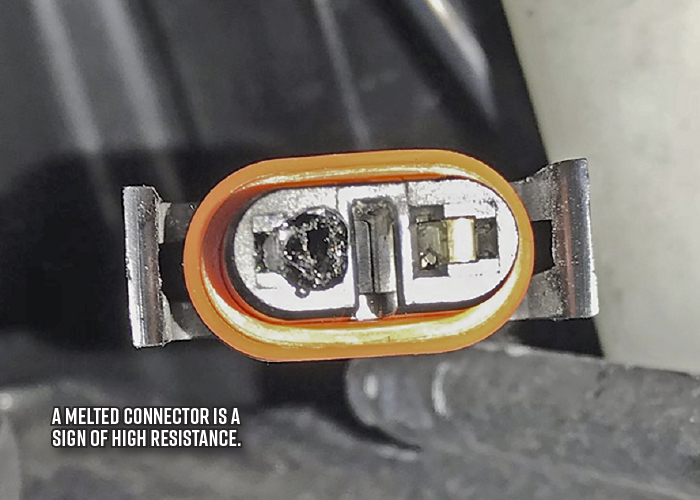
Due to technological advancements on today’s automotive heating and cooling systems, blower motor resistors have high amounts of current running through their connectors producing heat that can melt the connector and resistor. Worn blower motors can create a demand that also damages the resistor or module as the excess current melts the wiring and plastic shroud, damaging the interface pins on the controller’s circuit board.
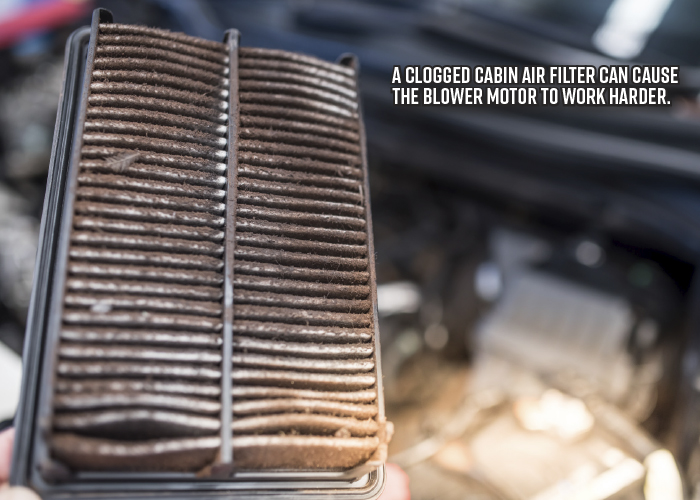
During diagnostics, technicians should use an inductive amp clamp to check that the blower motor current draw is less than 80% of the fuse rating on high. If the current is too high, replace the blower motor or the new resistor will also fail. The mating connector should also be inspected for signs of damage caused by excess heat.
The next time you diagnose a burned-out blower motor resistor, check the blower for excessive draw and the connector for damage. This applies to many high-current-draw components. If a headlight or fuel pump has failed, look at the connector for damage.

